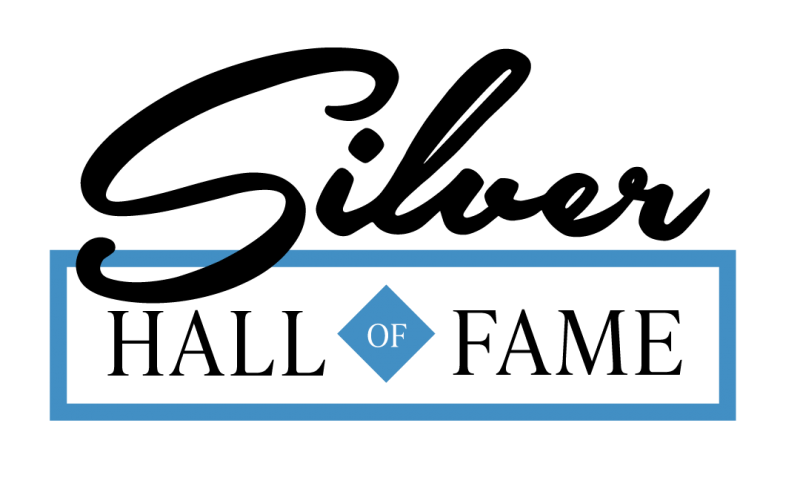Laurium
Historical Mines
Laurium was famous in Classical antiquity for its silver mines, which was one of the chief sources of revenue of the Athenian state. The metallic silver was mainly used for coinage. The Archaeological Museum of Lavrion shows much of the story of these mines.Recent discoveries date the first mines to 3200BC
Systematic exploitation of mineral resources seem to have begun un the 6th century BC under Peisistratus. After the battle of Marathon, Themistocles persuaded the Athenians to devote the anticipated revenue derived from a major silver vein strike in the mines of Laurion circa 483 BC to expanding the Athenian fleet to 200 triremes, and thus laid the foundation of the Athenian naval power. The mines, which were the property of the state, were usually farmed out for a certain fixed sum and a percentage on the working; slave labour was exclusively employed. As many as 20,000 slaves were employed at the height of the mining. A silver mint (Argyrocopeum) was at Laurion.
Towards the end of the 5th century, the output fell, partly owing to the Spartan occupation of Decelea. But the mines continued to be worked, though Strabo records that in his time the tailings were being worked over, and Pausanias speaks of the mines as a thing of the past. The ancient workings, consisting of shafts and galleries for excavating the ore, and washing tables for concentrating the ore, may still be seen at many locations. There were well engineered tanks and reservoirs to collect rainwater for washing the ore since abundant supplies from streams or rivers was impossible at the site. The mines were reworked in the early 20th century by French and Greek companies, but mainly for lead, manganese and cadmium. The Mineralogical Museum of Lavrion comprises samples of minerals from the region of Lavrion.
Last Updated on: 2021-05-26
